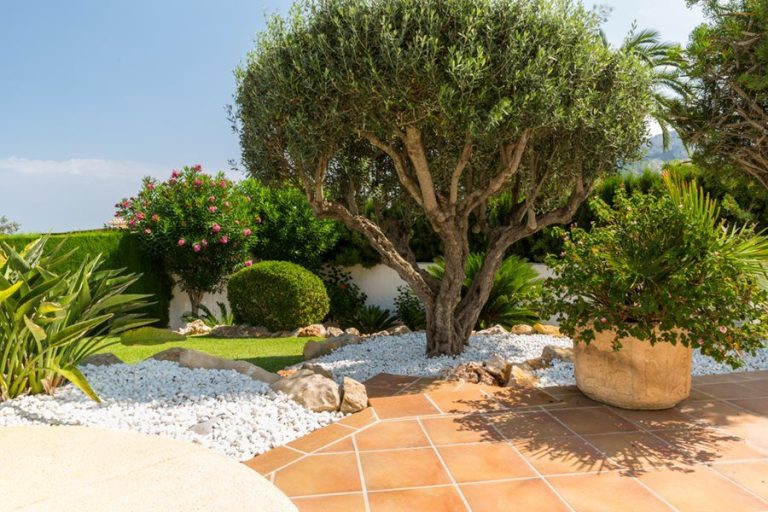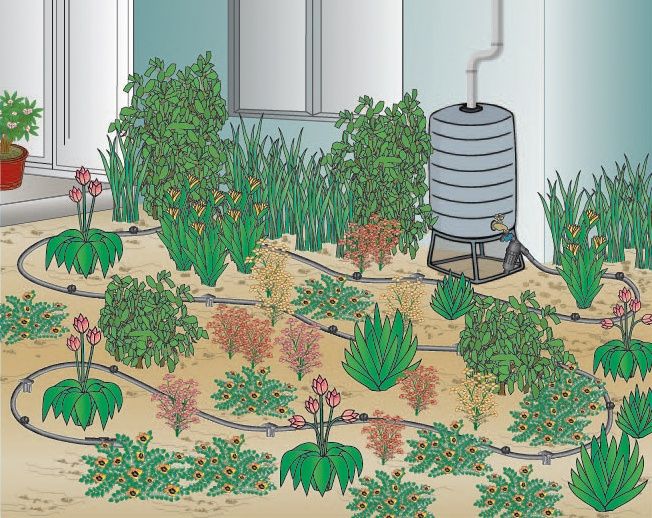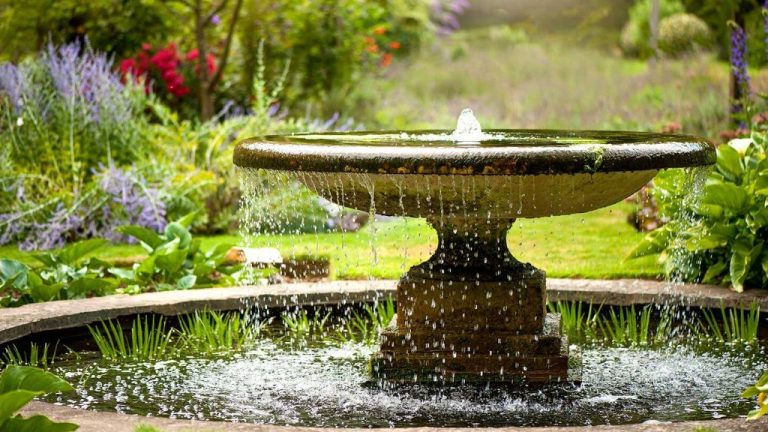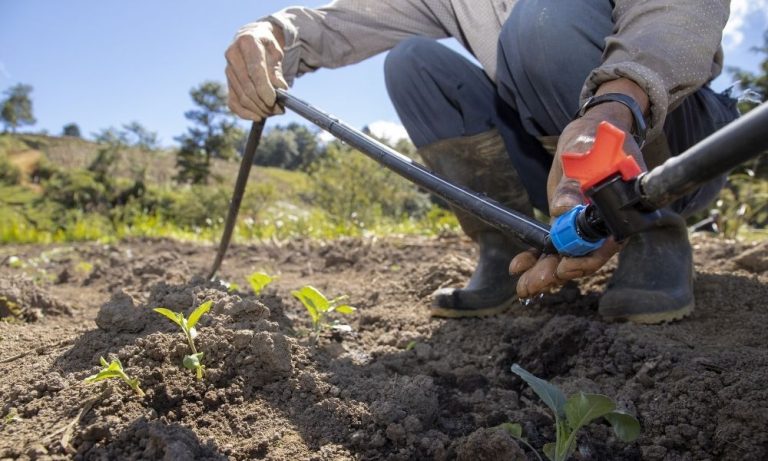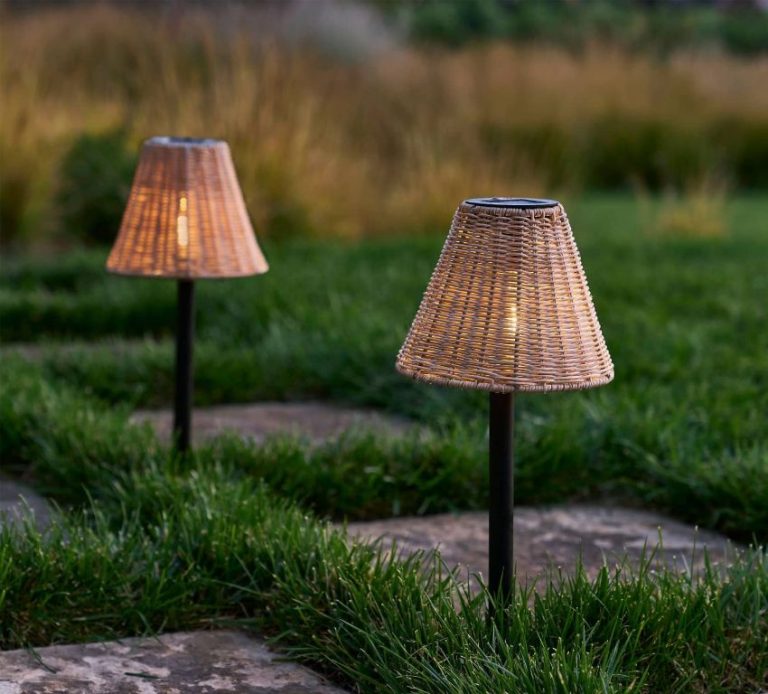Native Plant Landscaping: Bringing Local Flora Into Your Garden
Native plants are species that have evolved and adapted to local environmental conditions over thousands of years. Unlike non-native species, native plants provide numerous benefits for local ecosystems. Native plant landscaping refers to intentionally using native flora in gardens and landscapes. This practice is growing in popularity due to its many advantages.
This guide will provide an overview of native plant landscaping, including its benefits, suitable plant options, design considerations, sourcing, preparation, planting, maintenance, and the rewards of a native garden. By incorporating native species, you can create a landscape that is lower maintenance, environmentally friendly, and beautiful.
Native Plants vs Non-Native
Native plants are species that have evolved and adapted over thousands of years in a particular region or ecosystem. They have formed complex relationships and dependencies with other native species in their environments. Non-native plants were introduced more recently, often from other parts of the world or different ecosystems. According to the National Park Service, non-native species such as petunias and tomatoes present no threat to native plants and have been cultivated for centuries (source).
While not all non-native plants are problematic, some can become invasive in their new environments. As defined by the Audubon Society, invasive plant species are non-native organisms that are likely to cause economic or environmental harm in their introduced ecosystems (source). Invasive plants can displace native species, disrupt pollination and wildlife habits, increase risks like flooding or wildfire, and damage crops or infrastructure.
It’s important to understand the difference between native plants, non-native/introduced plants, and invasive plants. While not all non-natives become invasive, planting native species is recommended to support the local ecology.
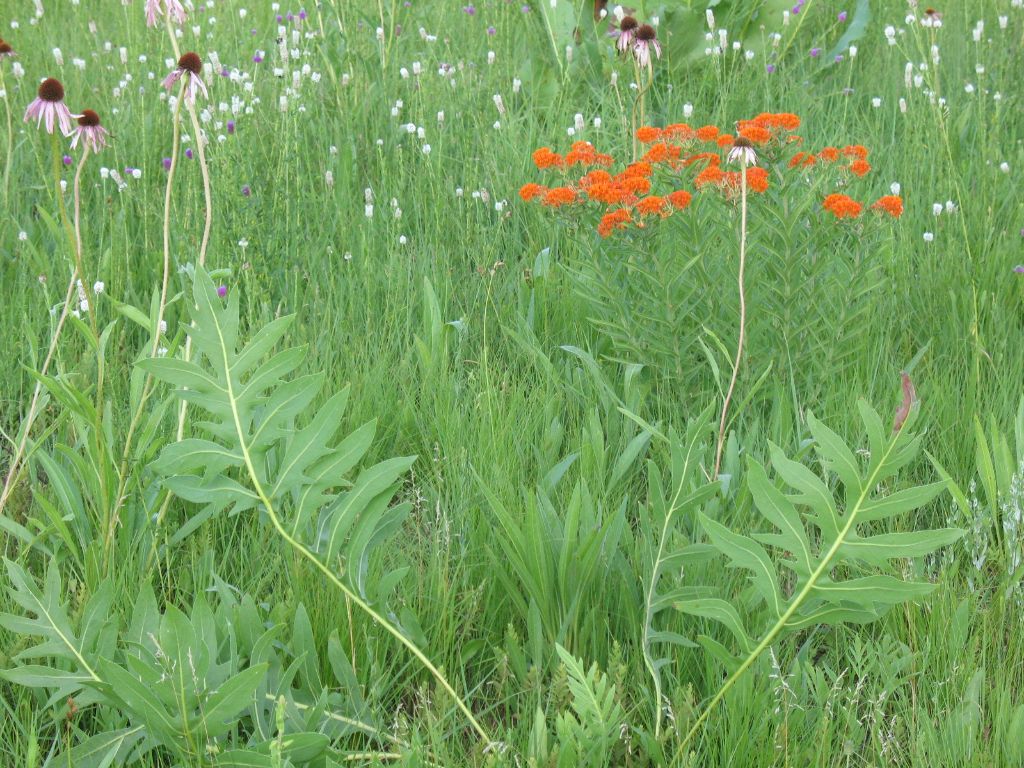
Benefits for Local Ecosystems
Native plants provide many benefits to the local ecosystem like supporting pollinators and wildlife, improving soil health, and conserving water. Research shows that native plants support up to 90% of local butterfly and moth species that are vital pollinators (https://www.nwf.org/Garden-for-Wildlife/About/Native-Plants/keystone-plants-by-ecoregion). Native plants have co-evolved with local wildlife over thousands of years, providing vital food and shelter. They are specifically adapted to local soil conditions and require less watering and fertilizers. Their deep root systems help reduce soil erosion, improve drainage, and foster healthy populations of beneficial soil microbes (https://www.canr.msu.edu/nativeplants/ecosystem_services). By planting native species, you can create an oasis for local wildlife while enhancing the health of your surrounding environment.
Lower Maintenance
One of the key benefits of using native plants in landscaping is that they require less maintenance than non-native species. Native plants are naturally adapted to the local climate, soil, and pests in their native range. This means they typically need less water, fertilizer, pesticides, and overall care to thrive once established.
For example, many native wildflowers, grasses, ferns and shrubs are drought tolerant and do not require intensive watering, especially during dry seasons (source). Their deep root systems allow them to tap into groundwater and moisture that other plants cannot reach. Native trees and shrubs often do not need fertilizers, as they are accustomed to local soil conditions.
Additionally, native plants have co-evolved with native insects and animals. They have natural defenses against local pests and diseases. Using native plants reduces the need for pesticides and intensive disease management required by exotics (source).
With less watering, fertilizing, and spraying required, native plant gardens are easier to care for than traditional lawns and non-native beds. You’ll save time, money, and effort while creating an environmentally friendly landscape.
Suitable Native Plants
When choosing native plants for your garden, focus on species that naturally occur in your ecoregion and support local wildlife. According to Wildflower.org, native flowers like coneflowers, asters, and coreopsis attract bees, butterflies, and hummingbirds. Grasses like little bluestem, switchgrass, and prairie dropseed provide structure and winter interest. Shrubs like serviceberry, chokecherry, and buttonbush produce berries for birds and pollinators. Trees like oaks, maples, and willows support hundreds of moth and butterfly species.
Some great Texas native plants for pollinators include gayfeather, mealy blue sage, frogfruit, horsemint, and Turk’s cap, according to Xerces Society. Focus on a mix of plants that bloom in succession to support pollinators throughout the seasons. Group plants in drifts of 3-5 for greater visual impact.
Be sure to verify a plant’s native status and growing conditions before purchasing. Consult regional plant guides or native plant nurseries to select the best species for your specific environment and landscaping goals.
Designing With Natives
When designing with native plants, it’s important to consider grouping plants with similar needs together, using textures to create visual interest, and planning for year-round appeal. According to https://grownative.org/learn/native-landscape-plans/, native plants can be grouped together based on light and soil moisture needs. For example, shade-loving woodland ephemerals that thrive in moist soil can be planted together under trees or on the north side of a home. Meanwhile, prairie plants that require full sun and drier soil can be grouped in beds surrounded by gravel or pavers to reduce competition from thirstier plants.
Incorporating a variety of foliage textures and shapes will also make the landscape more visually engaging. The Wild Ones Native Garden Designs site suggests combining fine-textured grasses with broad-leaved plants like Black-Eyed Susans and Coneflowers for contrast. Using trees, shrubs, perennials, and annuals together creates layered height interest as well. In addition, going beyond just flower color to choose plants with showy fruit, foliage, seeds, and bark extends seasonal interest in the garden from spring through winter according to https://extension.umd.edu/resource/landscape-designs-native-plants.
Sourcing Native Plants
When sourcing native plants for your garden, look for plant nurseries and organizations that specialize in local native species. Many have online catalogs where you can search for plants native to your zip code or region. Some great resources include:
Native Plants Finder from the National Wildlife Federation – Enter your zip code to get a list of native plants tailored to your location.
Audubon Native Plants Database – Searchable for over 700 native plants in the United States.
Check if your state or city has a native plant society that hosts plant sales and swaps. You may also find native plants at botanical gardens focused on local flora.
Consider volunteering at a native plant rescue event where local native plants are dug up from sites about to be developed and given new homes in gardens.
Collecting and growing native plants from seeds found in your area is another great option. Just be sure not to harvest seeds in protected natural areas or private property.
When buying from a general garden center, check if the plants are native cultivars and local ecotypes suited to your region before purchasing.
Preparing the Site
One of the most important steps before planting native species is properly preparing the site for planting. This involves assessing the sunlight, soil conditions, and drainage of the area. Remove any invasive or non-native species, as these can compete with native plants for resources. Eliminating grass is also key, as it can smother young native plants.
Test the soil pH and nutrient levels, and amend if needed to create optimal conditions. Improve drainage by tilling or installing French drains if the area is soggy. Allow 2-3 weeks after applying herbicide before planting native species. Remove any debris like rocks or previous landscape material from planting areas.
Site preparation allows native plants to thrive without competition from invasive species. It also mimics the natural disturbance and seedbed preparation that occur in nature, spurring native seed germination. With proper site prep, your native plantings will establish quickly and successfully. Prairie Moon Nursery has an excellent guide on site preparation for native plantings.
Planting and Caring
Proper planting and care techniques are important for establishing native plants in your garden. According to the USDA Forest Service, it’s best to plant natives during their natural growing season for your region [1]. This gives them time to establish roots before cold weather or drought conditions. Space plants according to their expected mature width and give them plenty of room to grow. Dig each hole twice as wide and just as deep as the plant’s root ball. Backfill the hole with native soil and pat firmly to eliminate air pockets.
Water natives thoroughly after planting and provide weekly deep watering during the first two months for root establishment. After establishment, most natives only need one inch of water per week from rain or irrigation [2]. Allow the soil to dry between waterings. Mulch around plants to conserve moisture and control weeds. Inspect regularly for pests or diseases and treat organically if needed.
Most native plants don’t require much pruning or maintenance once established. However, you may want to trim plants for shape or thin aggressive growers. Cut back any damaged foliage and tidy up plants before winter. Overall, nurture your native garden with minimal interventions so plants and wildlife can thrive!
Enjoying the Benefits
A mature native landscape is a joy to behold. After years of growth and establishment, native plants will thrive with minimal care. You can sit back and enjoy the attractive foliage, colorful blooms, and overall beauty of your garden.
Native plants attract birds, butterflies, and beneficial pollinators that add life and vibrancy. Watching wildlife up close is an engaging pastime. Seeing ecosystems benefit is rewarding.
With deep roots and suitability for local conditions, native plants are resilient. But occasional stewardship is still required. Routinely remove invasive weeds before they spread. Prune and thin plants as needed. Mulch annually. Your native landscape will flourish for years to come.
Most of all, appreciate what you’ve created. A landscape that gives back to the local ecology. That harmonizes with nature and your community. That stands out with natural splendor requiring little effort. Let your native garden be a point of pride and daily inspiration.

